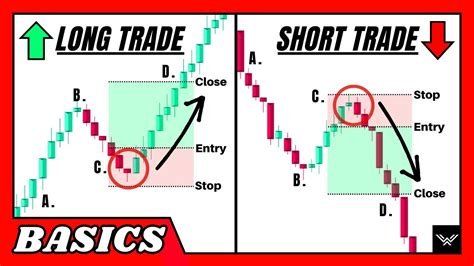Future of Finance: Krypto, KYC, Long Location and Layer 2 Scaling

There have been significant changes in the financial world in recent years, and cryptocurrencies were created as new boundaries. Although some have considered this revolution as a gaming exchanger, others have worried about its instability and the uncertainty of regulation. In this article, we deepen three critical aspects of the cryptocurrency shop: Know your client (KYC), long stations and layer 2 scaling and explore how these techniques form the future of funding.
Know your client (KYC)
KYC is a crucial part of any financial system, ensuring that all events comply with contrary to money laundering (AML). In the context of cryptocurrency trading, KYC requires users to submit identification documents, such as passports, driving licenses or state -issued identity cards. This process helps to alleviate the risk of illegal activity and maintain user confidence.
One noteworthy example is the regulation of unregulated custody documents (UCTDS), which can keep the exchange of cryptocurrencies safely without recognizing them worldwide. In order to facilitate the conformity of KYC, large exchanges have been implemented by solid consistency systems, including:
* Document Certification Services : Exchanges such as Binance and Coinbase partner with third-party journalists to authenticate the authenticity of identification documents.
* Risk Management Tools : Many stock exchanges use AI motor risk management tools that use machine learning algorithms to detect suspicious activities.
Long stations
Long stations indicate more to buying security than its current market price, hoping to win the rise up. During cryptocurrency trading, long stations are often used by merchants who seek speculation about market trends and possible price increases.
As the value of cryptocurrencies varies rapidly, it is necessary to carefully consider risk management techniques when settling long. This includes:
* The size of the posture : Merchants should start at a small location and gradually increase it based on their comfort level.
* Stop losses : Setting a realistic stop loss can help prevent significant losses if the market moves against you.
Floor 2 Scale
The scaling of layer 2 refers to the implementation of the second floor protocols, which allows for faster and more efficient implementation of complex events. In connection with the cryptocurrency trading, the scaling solutions of the floor 2, such as optimism and arbitration, are aiming to improve performance by dismantling calculation-pregnant tasks from Blockchain.
These solutions are designed to deal with, for example, high gas costs, transaction times, and scalable restrictions set by the network (Mainnet). By utilizing these techniques, merchants can reach the faster, cheaper and more efficient implementation of shops, leading to increased trading volumes and larger market liquidity.
conclusion
The cryptocurrency trade is a complex and rapidly developing field, and numerous technical aspects require constant development and fine -tuning. As the landscape continues to move and maturation, it is imperative that merchants will remain up -to -date with new techniques and best practices. Understanding key concepts such as KYC, long stations and layer 2 scaling, merchants can make more conscious decisions and maximize their potential profits in this exciting and unpredictable market.
Other resources
- [Binance’s know-you-customer (KYC) policy] (
* COINDESK’s Guide to Cryptocurrency Trade : A comprehensive resource that covers the basics of cryptocurrency trade, including risk management, position size and market research.

